Unit 7 part 3
التفريغ النصي
اخفاء التفريغThe practical guide for construction of Blueprint assessment. The objective of the session is to design a test Blueprint. Let us remember together what the types are of Blueprint. Types of Blueprints are character Blueprint, master Blueprint and test Blueprint. Stages of construction and effective test Blueprint. To construct an effective test Blueprint, we have to go through three main steps. First is to select the objective that will be assisted in the exam and select their teaching units or hours. Second, determine the width of each learning objectives and finally determining the assessment tool and formats. Let us start with the selecting of the objective that will be assessed in the exam and select their teaching units or hours. First, we need to go back to our master Blueprint to extract the theoretical objectives for written assessment and practical objectives for any practical assessment. If you remember, this is our master Blueprint which we built in the last session and now we are going to extract our learning objectives. Here are our learning objectives, define the blueprints benefits, discuss bloom stocks on a milli-valve, describe the stages of constructing a Blueprint. And here are the teaching units, the impact we have measured last time and the freak we can't see. And here we need to determine the width of each learning objectives. To determine the width of each learning objective, we need to take the impact of learning objectives multiplied by frequency of the learning objective multiplied by teaching unit of learning objective. Here in our example, as you can see, for each objective we will multiply, one is the teaching units times two is the impact time one is the frequency it's equal to two, this is the weight of this learning objective. Discussing the bloom stocks on a milli-valve, it has two teaching units times three, it's the impact times two is the frequency it's equal to twelve and this is the weight of this learning objective. Describe the stages of constructing a blueprint, three teaching units times three units for the impact and three units for the frequency it's equal to twenty-seven units. If we take the total is forty-one, it's the total weight of the learning objectives. To measure the relative weight, we will take the sum of the weight of all learning objectives, so we will calculate it, then the relative weight of each learning objective it will be equal to the weight of each learning objective divided by the total weight. Then the first learning objectives is two divided by forty-one equal to point oh five, the twelve divided by forty-one equal to point two nine, twenty-seven divided by forty-one is equal to point six and the relative weight should be equal to one. Now we need to decide on the number of marks that will be given to each learning objective. Number of marks calculation will be based on the relative weight of each learning objective times the total marks of the exam. So, the first objective is point oh five times sixty, point twenty-nine times sixty, point sixty-six times sixty. The third and last step is determining the assessment tool and format. Assessment tool or format for the written test are either constructed responses question or selected responses question. The constructed responses question like structured essay questions, short answer questions, modified essay questions and the selected response questions is like extended matching questions and single best answer. I will decide which format of the assessment we have to use. This is the bend on the bloom taxonomy. When the length objectives fall in the understanding and remembering level, then we have to use single best answers modified essay short answers the questions. If it's good in applying an analyzing level, then it will go to SPAS, EMQs and SAQs. If it's good evaluating and creating level, then we'll use OSCI, OSPI, MINICX or DOBS. In our example, we will decide which assessment format we will use based on the learning objects and which level they fall in the bloom taxonomy. And the bend on the college policy as well. Some colleges recommended to have fifty percent of the questions are related to selected response questions and fifty percent of the questions related to constructed response questions. And this is what we applied in this example. And by this, we end the series of blueprint assessment. Thank you very much.
محتوى البرنامج
- Pre-test image
- Pre-test
أنت على وشك بدء الاختبار. Pre-test
فور بدء الاختبار سوف تحسب لك محاولة جديدة لأخذ الاختبار
- Post-test image
- Post-test
أنت على وشك بدء الاختبار. Post-test
فور بدء الاختبار سوف تحسب لك محاولة جديدة لأخذ الاختبار
